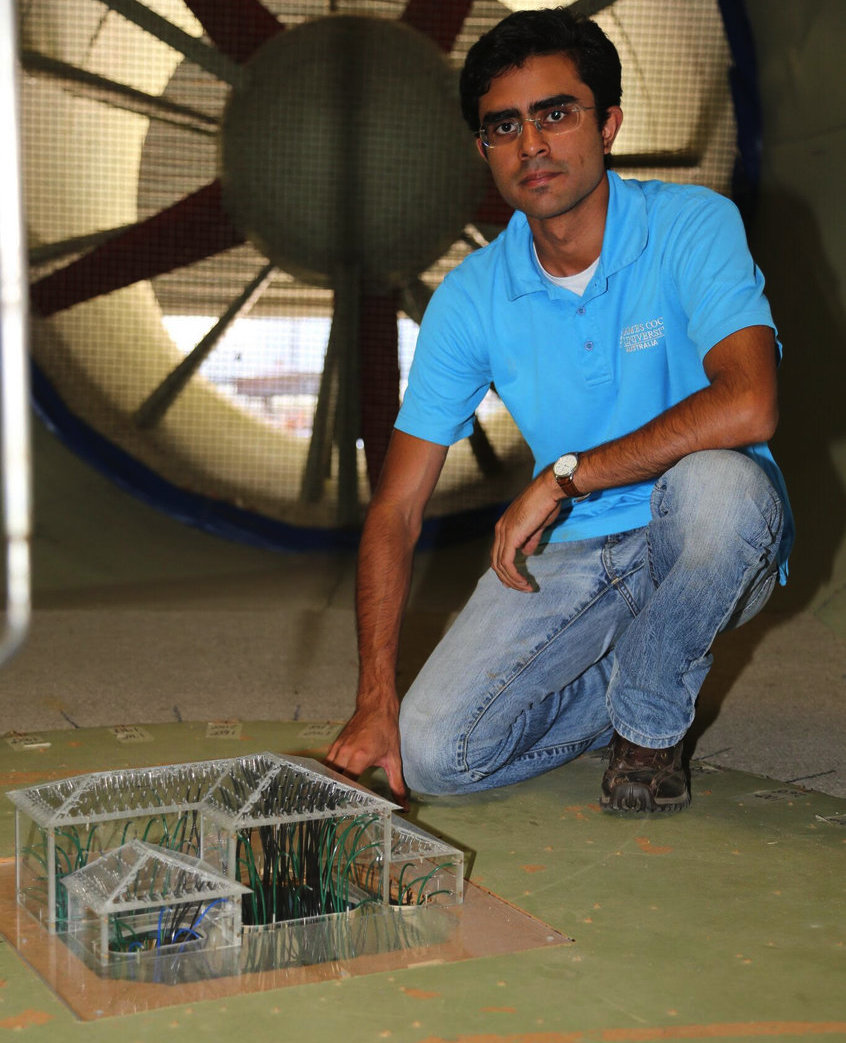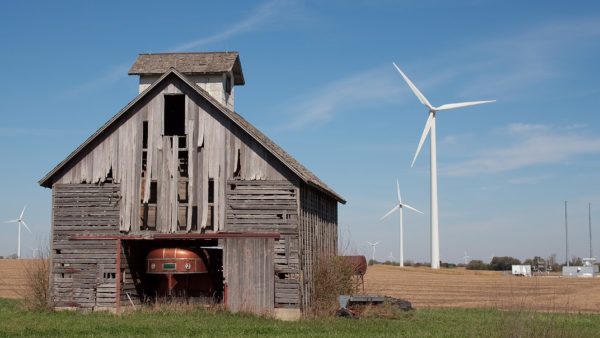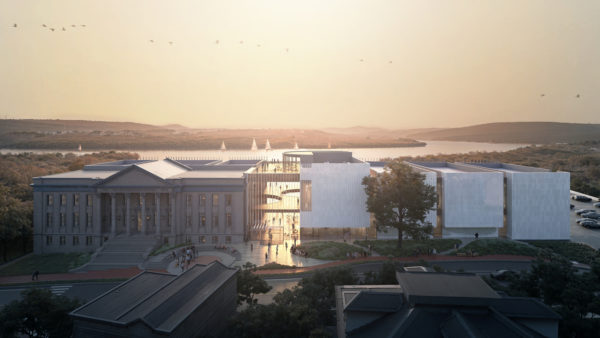With new homes having more unusual roof shapes, research from an Australian university has revealed the potential for some designs to lose roof cladding if they are not well maintained or have minor construction defects.
Builders and apprentices (should) be aware that very small defects in construction can get you in very big trouble– Korah Parackal, James Cook University
Homes may not be as daring as Frank Gehry’s Marqués de Riscal Hotel in Spain (pictured), but some new designs showed vulnerabilities when subjected to wind-tunnel tests.
Researchers believed the tests were needed because roof shapes have become more complex since the 1990s, when wind tunnel tests for the current wind load standards for roofs in Australia were conducted.
"Houses used to be square boxes with standard shape roofs, but in recent times custom shapes have become common," said Korah Parackal, PhD researcher at James Cook University (JCU). "With the new shapes we see wind force acting in new ways on roofs and we wanted to see if the wind loading standards still applied."
The team built 1/50 scale models of houses with typical new roof shapes and fitted them with pressure sensors before testing them in the wind tunnel at JCU’s Cyclone Testing Station.
"The current building standards can underestimate suction pressures on roof edges of houses with complex roof shapes, and more so for two storey houses," Parackal said.

Korah Parackal with a scale model house fitted with sensors (JCU)
He said the potential was there for some houses to lose roof cladding and be opened up to water and further wind damage if houses are not well maintained or minor construction defects are present.
For both types of houses, the researchers found that many different wind directions generated high forces on the connections that hold the roof to the house frame.
When designers considered these forces they typically take into account only one worst-case wind direction, Parackal said, but the research showed there were many equally bad scenarios for a complex roof shape in high winds.
Current design standards are not dangerously deficient, he said, but the research showed that the margins for error are not as great as many people think.
Parackal said this underlined the need "for builders and apprentices to be aware that very small defects in construction can get you in very big trouble".
Top image: The Marqués de Riscal Hotel, in Elciego, Spain, designed by Frank Gehry (Nicola/Wikimedia Commons)










